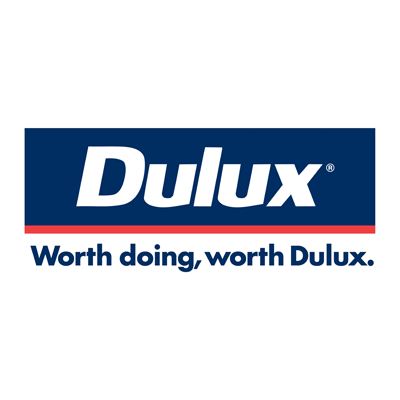During a dwelling’s lifespan, it is inevitable that some moisture content or penetration will enter through the envelope. Therefore the envelope must not only be effective at limiting water penetration, but also unexpected water entry. Water can also be managed by limiting the amount which hits the outer surface, and then by being able to dissipate away safely any moisture that gets beyond the cladding.
An easy way to remember this is to look at the 4 D’s; Deflection, Drainage, Drying and Durability.
Deflection: The art of protecting joints
Keeping water away from entry points will greatly reduce the chance of a joint developing a leak. The first means of deflection is roof designs, verandahs and overhangs which protect wall surfaces. Other forms of deflection are found in facings, flashings and overhangs which also contribute to reducing water entry.
Drainage: Allowing unwelcome water to escape
It is important to allow for water which has entered to drain away. Direct fixed claddings will provide limited drainage if water does get behind and can hold water against underlay, thus it is very unlikely water will be able to drain away. In constructing a drainage cavity behind the cladding, allows the passage of water on the back of the cladding to drain away.
Drying: Evaporate the rest
For water that has entered, but has not drained away it must be allowed to dry through diffusion and ventilation ie Brick Veneer, EIFS systems with cavity ventilation holes in bottom tray.
Durability: Make it last
To prevent leaks and to make the building envelope last it is crucial that durable products are used. Leaks have contributed to untreated timber rotting in under two years from lack of water being able to drain away which in turn leads to the establishment of fungi growth which caused not only health issues but spread the rot beyond the original area . The use of timber treatment will markedly slow the establishment of rot and isolate the damage.
Not only should timber be durable, but also fixings, finishes along with all materials.
The combination of these 4D’s will ensure that future buildings will be more robust than those which are now experiencing weathertight issues.
For information on how constructing a weathertight building relates to Acrylic Texture or Cement Render coating systems click here to view information sheets for a range of substrates.





























 Most Popular
Most Popular Popular Products
Popular Products



